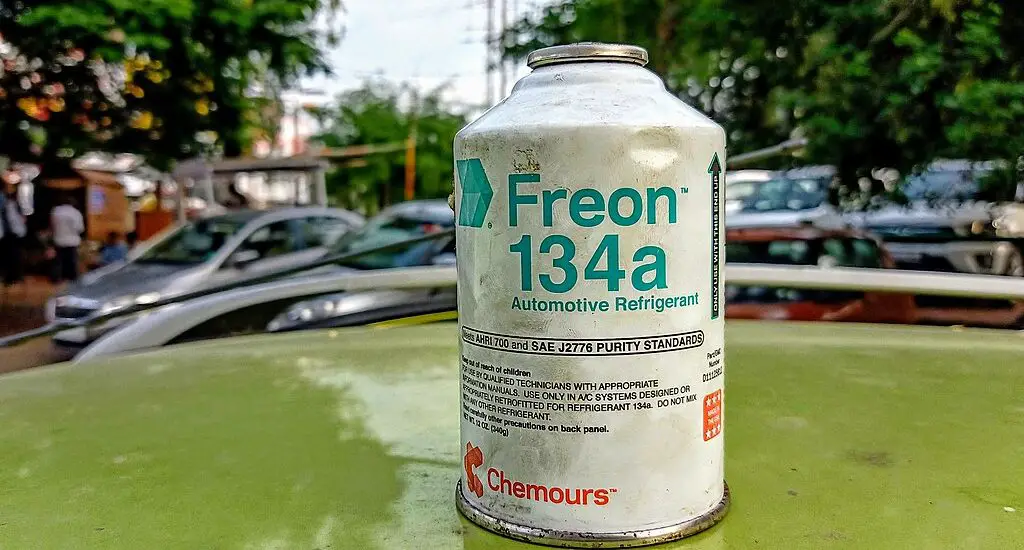Why is releasing freon illegal? This comprehensive guide reveals the legal restrictions surrounding the release of freon into the atmosphere.

Table of Contents
Can You Release Freon into the Air
Releasing freon into the air is strictly prohibited due to its detrimental effects on the ozone layer. Freon, a class of chlorofluorocarbon (CFC) and hydrochlorofluorocarbon (HCFC) compounds has been extensively used in refrigeration and air conditioning systems.
When freon is released, it ascends into the stratosphere, where it encounters ultraviolet (UV) radiation. This UV radiation causes the freon molecules to break down, releasing chlorine atoms.
These chlorine atoms are highly reactive and initiate a destructive cycle where they break apart ozone (O3) molecules into oxygen (O2). This process significantly depletes the ozone layer, which is crucial in protecting the Earth from the sun’s harmful ultraviolet radiation.
The international community, recognizing this danger, came together to sign the Montreal Protocol in 1987. The aim was to phase out the production and release of substances that deplete the ozone layer, including freon.
Why is Releasing Freon Illegal?
The release of freon into the atmosphere carries significant legal implications. Following the establishment of the Montreal Protocol, countries around the world have committed to phasing out the production and use of ozone-depleting substances, including freon.
In the United States, the Environmental Protection Agency (EPA) enforces regulations under the Clean Air Act that specifically address the handling and disposal of freon. These regulations require that only certified technicians handle freon, and they must use specialized equipment to recover and recycle it.
Violations of these regulations can result in hefty fines, legal penalties, and in severe cases, criminal charges. This legal framework reflects a global commitment to protecting the ozone layer and highlights the seriousness with which freon emissions are treated in the legal context.
Environmental Impact of Freon
The environmental impact of freon is vast and alarming. The primary concern is its role in depleting the ozone layer. The ozone layer is a thin part of the Earth’s atmosphere that absorbs most of the sun’s UV radiation, preventing it from reaching the Earth’s surface.
Depletion of the ozone layer leads to higher levels of UV radiation reaching us. This can increase the risk of skin cancer, cataracts, and other health issues.
In addition, the increased UV radiation can have harmful effects on the environment, damaging terrestrial and aquatic ecosystems. For example, it can affect the growth of phytoplankton, which forms the basis of the marine food chain.
Moreover, freon and other CFCs are potent greenhouse gases. Once released, they can remain in the atmosphere for decades to centuries, contributing significantly to global warming and climate change.
Safe Handling and Disposal of Freon
Safe handling and disposal of freon are essential to prevent its release into the atmosphere. This process starts with the recovery of freon from air conditioning and refrigeration systems using specialized equipment.
The recovered freon must then be contained and recycled or properly disposed of. HVAC professionals are required to undergo training and certification to handle freon safely. This includes understanding the proper use of recovery machines, following safety protocols to avoid accidental release, and knowledge of legal requirements for the disposal of freon.
In addition, there is an increasing focus on transitioning to alternative refrigerants that are less harmful to the environment.